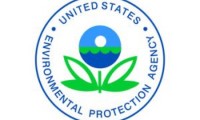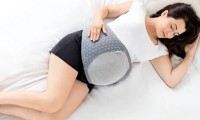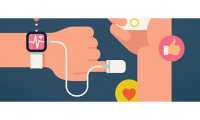-
FDA Facilitates Broader Adoption of Vaporized Hydrogen Peroxide for Medical Device Sterilization
- Source: drugdu
- 137
- January 10, 2024
-
FDA drafts guidance outlining real-world evidence for medical device submissions
- Source: drugdu
- 117
- December 21, 2023
-
【EXPERT Q&A】What are the regulations and requirements for exporting medical devices to the European Union?
- Source: drugdu
- 320
- September 5, 2023
-
【EXPERT Q&A】What is the procedure for registering medical devices for the Russian market?
- Source: drugdu
- 336
- August 22, 2023
-
【EXPERT Q&A】What are the market access requirements for medical devices entering the Ecuadorian market?
- Source: drugdu
- 294
- May 31, 2023
-
EPA proposes new ethylene oxide rules for medical device sterilization
- Source: drugdu
- 235
- April 19, 2023
-
Etkin Medical Devices Ltd. – First Aid Equipment Supplier
- Source: drugdu
- 907
- September 20, 2018
-
Wearable Medical Device to Promote Maternal and Fetal Health in Late Pregnancy
- Source: ScienceDaily
- 1,333
- September 4, 2018
-
Join Drugdu.com’s Online Medical Devices Exhibition to Discover Global Trading Opportunities
- Source: PRWeb
- 1,878
- September 3, 2018
-
Wearable Medical Devices, Your Constant Healthcare Companion
- Source: Ddu
- 1,260
- August 28, 2018
your submission has already been received.
OK
Subscribe
Please enter a valid Email address!
Submit
The most relevant industry news & insight will be sent to you every two weeks.











